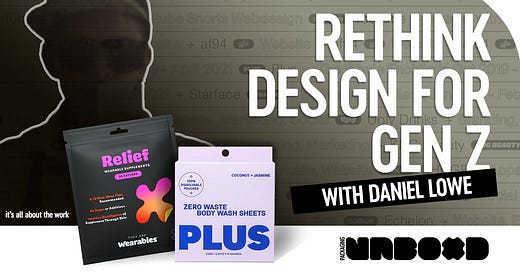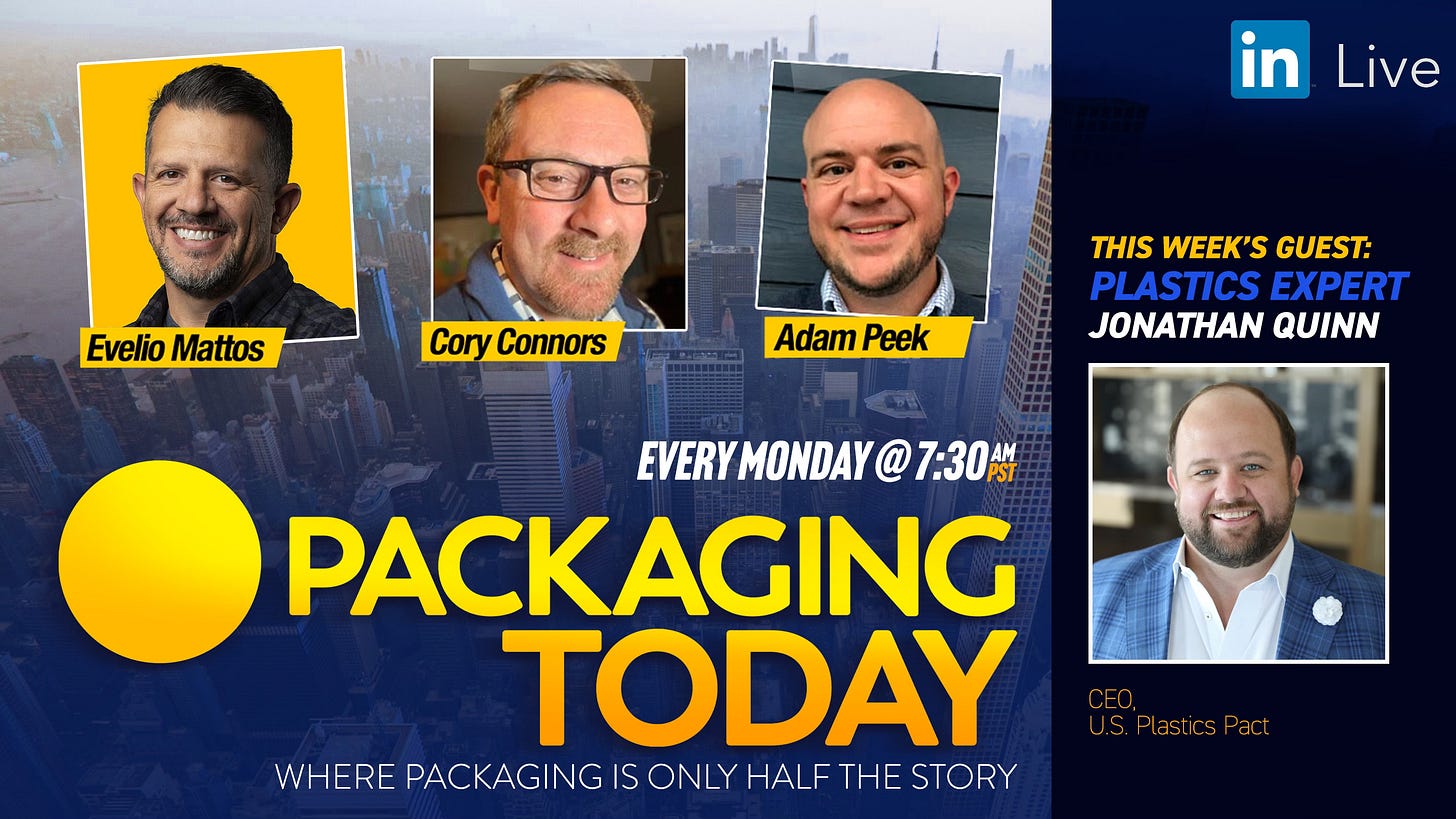Packaging Design Trends of the Future
Transforming Packaging
Key Takeaways:
Embracing minimalist and eco-friendly packaging is the future of brand identity.
Direct-to-consumer (DTC) interactions enhance storytelling and brand loyalty.
Inspiring industry-wide change through forward-thinking packaging solutions.
Pioneering Eco-Friendly Packaging Solutions
Evolving from over-the-top luxury packaging to environmentally friendly solutions marks a significant shift in consumer expectations and brand identity. Daniel Lowe, founder of Someone and Others, shares that "[…] plus will always be defined as, like, the forefront or, like, the forerunner on it." His team champions minimalist yet innovative packaging with dissolvable sachets that make their product, Plus, a standout example of forward-thinking. They aim to make packaging that not only protects the product but also lessens the environmental burden on consumers. According to Lowe, "the impossible task is to create packaging that feels good, instead of just looking good."
By shifting focus from aesthetic-heavy to function-centric products, the DTC market paves the way for sustainable packaging. Their packaging dissolves, leaving no waste behind, presenting a paradigm for future-proof solutions. As Lowe reflects, "If we can get our soap into this, and you don't have a disaster where, like, water leaks into the whole system[…] maybe we can have our stuff dissolve quickly."
Rather than luxury packaging, which eventually adds to consumer waste, companies should focus on comprehensive, eco-friendly experiences. The move toward minimalistic packaging not only aligns with global sustainability goals but also resonates more personally with the consumer. As Lowe puts it, "I think packaging will follow that. In general, I want to feel good about my packaging."
Got questions about plastics? Join me on LinkedIn Monday morning for an AMA you won’t want to miss. Click the image to join LIVE.
Direct-to-Consumer (DTC) Brands: Building Stronger Narratives
Operating predominantly in the DTC space allows brands to weave tighter, more engaging stories directly with their customers, bypassing the retail middleman. Daniel Lowe articulates the power of this connection: "We really just like brands that are not cookie cutter[…] Those are the types of brands we love to work with."
One of the standout examples in their portfolio is Starface, a Gen Z darling characterized by vibrant, acne-positive branding. Working closely with this brand, Someone and Others have demonstrated how an authentic narrative can reshape consumer perceptions. Lowe reflects, "We were trying to make it where you go and you celebrate it, you wear it out and you, like, you enjoy those types of things."
DTC brands are not restricted by shelf space constraints and can experiment more freely. This liberty allows for innovated solutions such as a dissolvable sachet, integrated seamlessly into the user experience. Brands like Ugly and Nugs, collaborators with Someone and Others, challenge industry norms and present compelling stories through unique product experiences. As Lowe puts it, "We love those types of brands that are like fun, direct[…] because they get to, like, that's where you get to communicate with the customer and build a community the most."
This direct relationship not only fosters a tighter bond with the consumer but also establishes brand loyalty through continuous engagement and innovation. As usage of forward-thinking packaging solutions grows, this will drive broader industry evolution.
Cross-Industry Learnings Elevate Packaging Design
Finding inspiration beyond one’s sector can lead to groundbreaking innovations in packaging. The development of Plus is a testament to this approach. As Daniel Lowe mentions, “You have to look at auto industry or other industries to find solutions.”
The company’s research into dissolvable sachets had roots in agriculture and pharmacology, demonstrating that ingenuity often lies in an interdisciplinary viewpoint. Discussion on multi-use packaging, eliminations of single-use plastics, and embracing slow-degrading materials highlights cross-industry vigilance. Lowe shares, "We have to do more research to like find other things, but then also to other industries will start building them for certain things and then you'll like stumble upon it and you'll start using it for yours."
Recent advances in laundry detergent have showcased the effectiveness of eliminating water from liquid products, mirroring this logic in cosmetics and personal care industries can be transformative. "That's basically the same process as Plus," remarks Lowe.
Embracing the mentality of cross-industry application invigorates creativity and problem-solving. Companies like Someone and Others demonstrate that crossing traditional boundaries can inspire innovations that redefine not just packaging but the entire consumer experience.
In essence, the future of packaging hinges on sustainability, direct consumer interactions, and cross-industry innovation. Brands must commit to finding eco-friendly solutions that customers feel good about using, ensuring these solutions align with the brand narrative without compromising on functionality. Daniel Lowe and Someone and Others epitomize this balance, challenging the status quo and pushing towards a more sustainable future in packaging.







